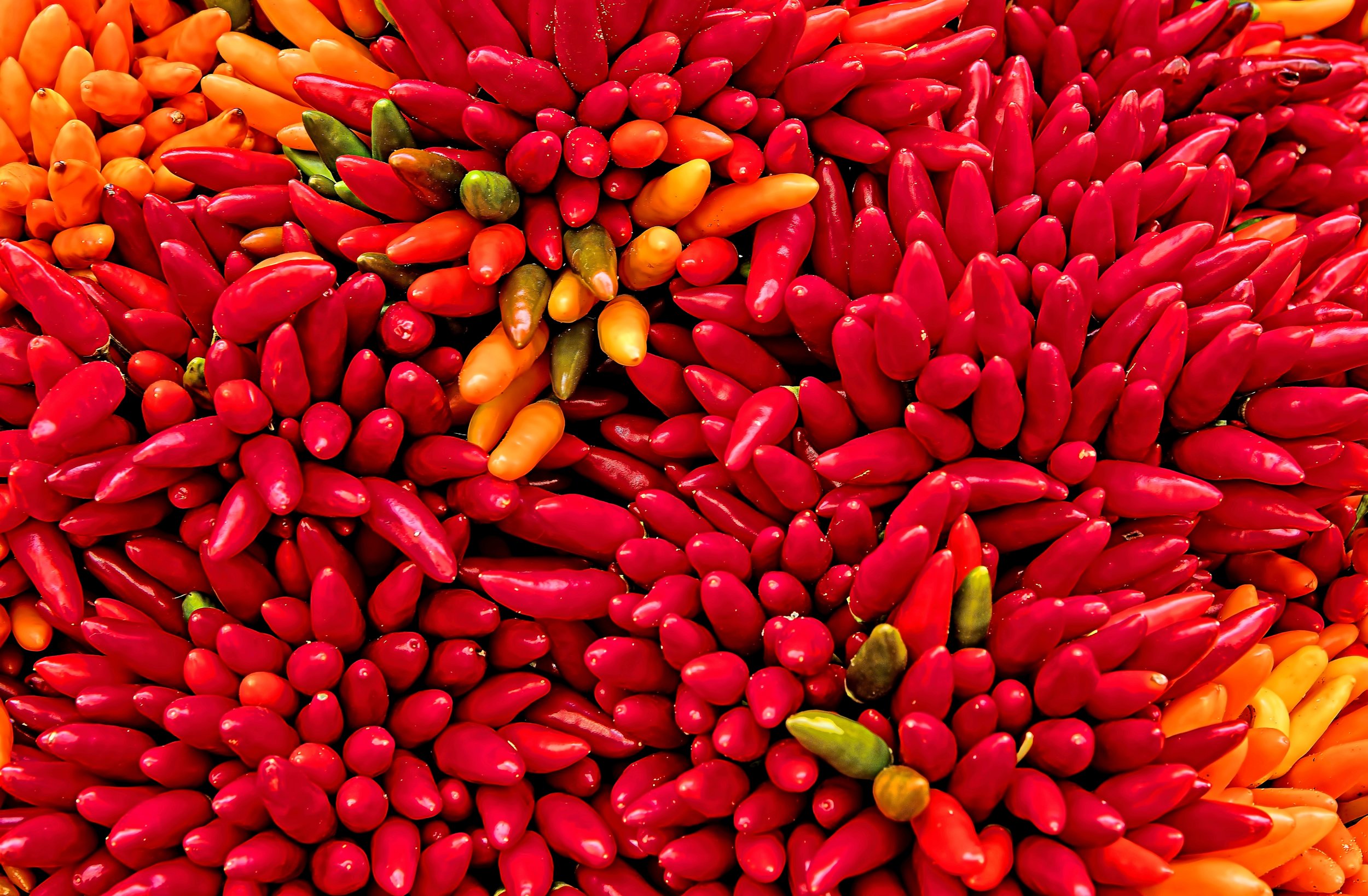Blog
Five Tips For Proper Etiquette with Chopsticks in China
When you pick up your chopsticks, you join in a cultural custom and you’re responsible for understanding the etiquette behind them.
How Chinese Food in China Changed Me Forever
What is one of the best parts of traveling abroad? It’s the food, of course! Eating different foods native to a country, authentically prepared by locals is special, as it is not the same here in America. Trying these native foods will only widen what you know about a country's cuisine.
The Secret Ingredients Behind Peru's Diverse Culinary Scene
Peru’s incredible access to land and sea has given it a natural base for some of the world’s most unique food that involves the influence from a variety of cultures.
Search previous blogs here.



